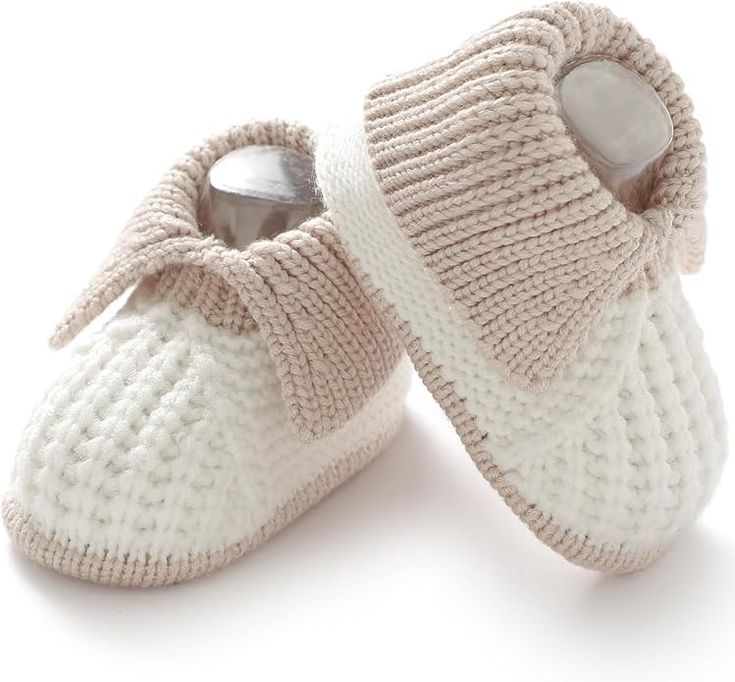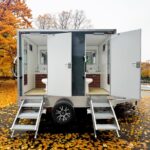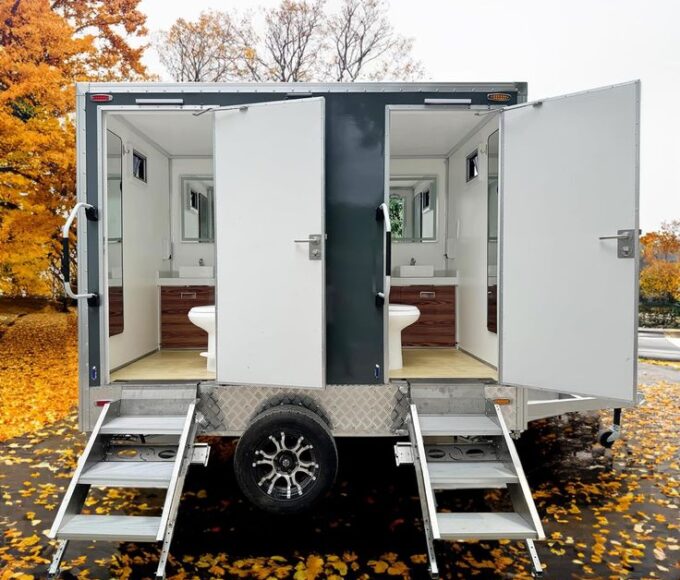The whole experience of welcoming an infant involves lots of attention to detail that should focus on selecting proper footwear for them. Selecting comfy shoes for infants presents both happiness and fear. Which newborn shoe dimensions should you choose when the market presents numerous options? The path toward adorable shoes becomes real at this moment when you start selecting suitable footwear for your baby. This guide will provide you all essential information about selecting baby shoes which fit well while maintaining both comfort and foot wellness.
Understanding Baby Shoe Sizes
Newborn shoe sizes present a tricky challenge to parents who are beginners. Baby shoe sizes differ from adult shoes through their measurements which use month_SEQ numbers instead of standard numbers.
The initial shoe sizes for newborns fall between size 0 and size 1 based on their age dynamics and foot dimensions. Each shoe size will provide an appropriate fit for your child between three to four months.
Different brands follow separate standards in creating their size charts. The dimensions of individual brands differ from each other in their products. Verify brand guidelines through specific instructions before acquiring any products.
Each baby has different foot width measurements which means the measurement of their soles can range from narrow to wide. Checking size labels will not determine a proper fit therefore measuring is essential when searching for suitable footwear.
The Importance of Properly Fitted Shoes for Newborns
Newborn feet need proper fitting shoes because they remain in development. Incorrectly fitted shoes create barriers to foot growth while causing discomfort to the baby.
When newborns rest on their back they need supportive footwear since they begin to become mobile. This allows developing toes to stretch free as they build their natural form.
When babies learn to stand or walk for the first time they achieve better balance by wearing suitable baby footwear. Newborns prefer comfortable shoes since poor fit leads them to avoid footwear completely.
Quality materials extracted from good sources minimize the risk of skin irritations and blisters for your child. The search for suitable baby footwear should include soft materials that allow natural movement and prevent any form of injury. Newborn success depends on every developmental step including the first selection of shoes that will provide correct alignment.
Factors to Consider When Choosing the Right Size
Several crucial elements determine how to decide proper baby shoe sizes.
Begin by analyzing both the age of your newborn along with their weight. The quick development of babies makes their shoe size change rapidly. Regular measurements of your baby’s current feet size matter due to their rapid growth.
Take a close look at the brand sizes that are presented in their charts. Each shoe brand operates with unique sizing standards because their size 2 measurement points to different fit parameters from other brands.
The type of shoe also matters. Flexible soft-soled footwear allows greater foot flexibility compared to hard-soled shoes while allowing better foot expansion for growing infants.
Reflect on your baby’s foot form during your selection of shoes. Babies may have feet that differ from standard width or breadth so parents need to select a shoe style which fits well while avoiding either extreme of tightness or looseness.
Your search for ideal shoes for your baby’s feet becomes easier when you consider these essential factors.
Tips for Measuring Your Baby’s Feet
Achieving accuracy becomes essential during foot measurements for your baby. A correct approach to measuring enables you to select baby shoes with perfect dimensions that deliver comfort and support requirements.
Round up a few basic supplies which include paper as well as pen and ruler. Set the paper on a flat surface which faces against a wall. Your child should place their heel against the wall as they stand on the piece of paper. Follow their longest toe’s point to mark it before you measure one paper edge to this point using your ruler.
The accuracy of foot measurement requires taking measurements from both feet because most babies possess slightly different foot sizes between them. When determining shoe sizes select the larger value of foot measurements.
Perform measurements at various times of day because the feet of little ones swell similarly to adult feet. It is advisable to conduct this assessment once more after a couple of months since infants grow rapidly at their early developmental stages.
Buyers should try shoes before purchase at physical stores or review exchange policies of online retailers to get replacement sizes if needed. The right fit becomes guaranteed when your selected shoes create a snug yet comfortable feeling that allows your child’s toes to have free movement.
Common Mistakes When Buying Baby Shoes
The standard mistake when shopping for shoes involves buying footwear that is too big for the child. Parents frequently depend on their baby outgrowing the shoes thus causing both discomfort and slipping occurrences.
Most parents make a frequent mistake when they fail to verify the shoe width properly. Infants possess chubby feet that often require shoes with broader widths. The stage of development affects foot position which leads to pinched toes and irritation therefore parents should address this element in shoe selection.
Most parents fail to evaluate shoe materials during their selection process. Synthetic shoe materials appear attractive but they decrease airflow which results in sweaty foot conditions. Breathable fabric selection leads to better foot development in children.
A number of parents leave out foot measurement when purchasing child footwear. The combination of age and general size charts alone does not guarantee proper fit since foot sizes between babies differ substantially. Taking measurements is essential to discover footwear that matches perfectly.












